East Maui Kalo Culture: A Thirst for Water
Every spring thousands of people from all over come to Hāna to celebrate Hawaiian culture and their most important staple food, taro.
The East Maui Taro Festival came to Hāna 24 years ago by Maria E. Ka’imipono Orr with the idea to unite the community, re-build cultural pride, enhance its economic base and to provide a means to network with other farmers.
Each year the festival becomes bigger and more popular, said Orr. “People are sharing things, they’re sharing their manaʻo, they share their skills and their resources and each other, and they come together in Hāna once a year for this awesome event,” she said.
Some taro varieties were brought to Hawaiʻi by the early Polynesian settlers. The entire plant is edible but there’s a bigger significance behind the plant. Event organizers say taro, kalo, is believed to be the greatest life force of all foods.
Based on the Kumulipo creation chant, Kalo is the elder sibling of mankind, and from where Hawaiians trace their roots. Hāloa was the offspring of Papa and Wākea but was a stillborn, and when he was buried, kalo grew from him, according to traditions.
“He is our elder brother so he takes care of us,” said Mahealani Wendt, former executive director of Native Hawaiian Legal Corporation. “As long as we take care of Hāloa our people will be cared for in return.”
Hawaiians have been taking care of kalo for many years. Like any plant, kalo needs water to survive and east Maui and Hāna provide plenty of fresh water to support it. “Our culture was built around kalo, if you look at the early landscapes, they modified the land in order to accommodate kalo,” Wendt said.
Nameaaea Hoshino is a kalo fielder for Maui Nui Botanical Gardens. He studied at UH Mānoa in Hawaiian Studies and Language. “A lot of people here are all kalo farmers. All these areas were populated in taro from Hāna to Keʻanae and Wailuanui. Today we see less. This festival gives us an opportunity to speak to the community to show what we have and share our manaʻo.”
In the late 1840s, there were nearly 500 loʻi in Keʻanae and Wailuanui, according to the Environment Hawaii newsletter. The publication states that in the early 1900s, 194 were counted to be in active cultivation. In 1876, King Kalākaua entered into a written agreement with Henry Baldwin allowing Baldwin to divert water to central Maui to feed sugarcane, as long as he did not harm the native people, according to sources.
“The people from East Maui petitioned the King not to allow it because they could foresee there would be problems,” sources said.
Today, Alexander & Baldwin takes more water from East Maui streams than all of Oʻahu consumes in one day, according to the Sierra Club Hawaiʻi. Those affected say taro fields have dried up and families do not have enough water for their basic needs.
With the announcement of Hawaiian Commercial & Sugar Company shutting down at the end of the year, instead of returning water back to the East Maui streams, legislators introduced a bill that would allow A&B to continue to divert public water. On April 20, A&B announced it would restore water to eight East Maui streams that benefited kalo farms, but area residents and advocates of full water restoration say it’s not enough.
“I want them to recognize that there is enough water to share,” Wendt said when asked what she would say to a legislator in support of the bill, “and they should not be a party to A&B intent to circumvent a court decision, especially not one that this community has fought for two decades to achieve.”
“We are dealing with the state itself, they are changing the whole process and what needs to be done thinking of the corporation other than the people – How are farmers going to sustain themselves? They cannot drive back and forth from their home and drive into central just for work. A lot of farmers want to go back to farming and want to perpetuate because this is the only lifestyle we have – It’s the only way we can survive as a people that brings us sustenance and brings us connection,” Hoshino said.
Opponents to the bill want A&B to abandon HB2501 and want them to follow the laws that have protected Hawai’i’s water as a public trust resource. If signed into law, opponents say the bill would “circumvent” a case currently before the courts about whether A&B has the permits required to take a public resource like water from public land.
“Aunty Pua Kanaka’ole said when the last kalo falls, the people fall. Everything precious to us from wai (water) to ʻāina (land) to ocean because that’s our connection. We walk into that mud–that’s our kanaka,” said Hoshino.
The 25th annual East Maui Taro Festival is set for next year on Saturday April 29.
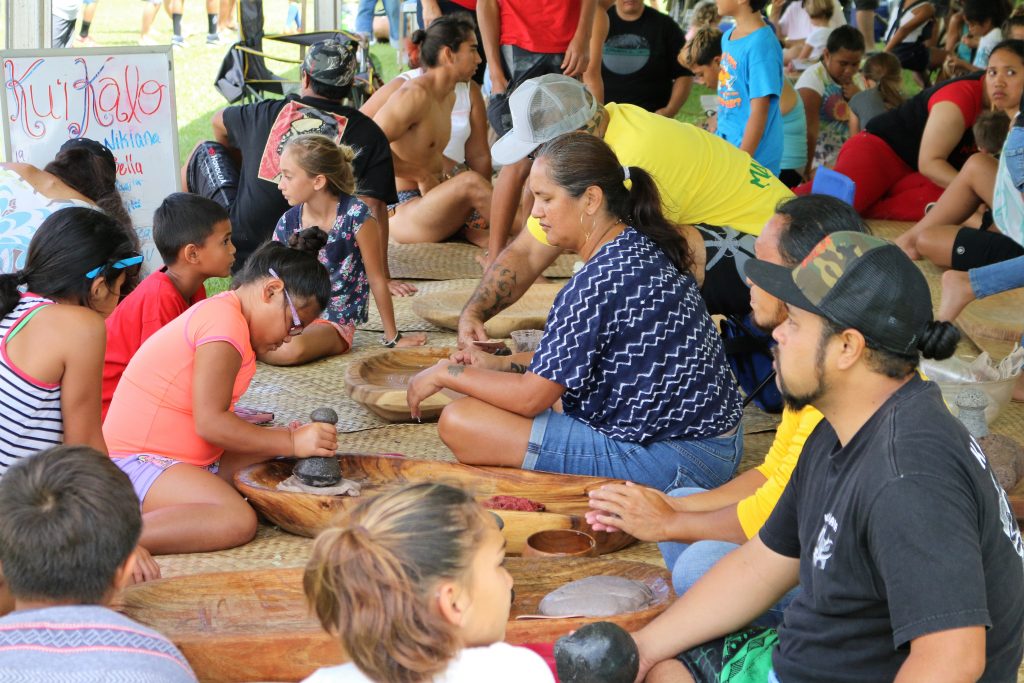
East Maui Taro Festival. Photo credit: Nicole Schenfeld.

East Maui Taro Festival. Photo credit: Nicole Schenfeld.
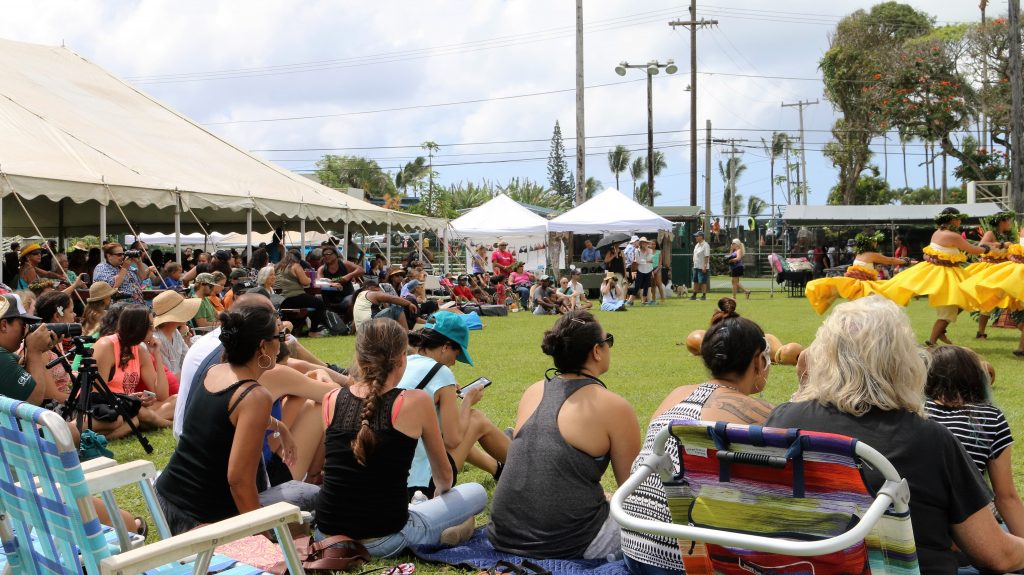
East Maui Taro Festival. Photo credit: Nicole Schenfeld.
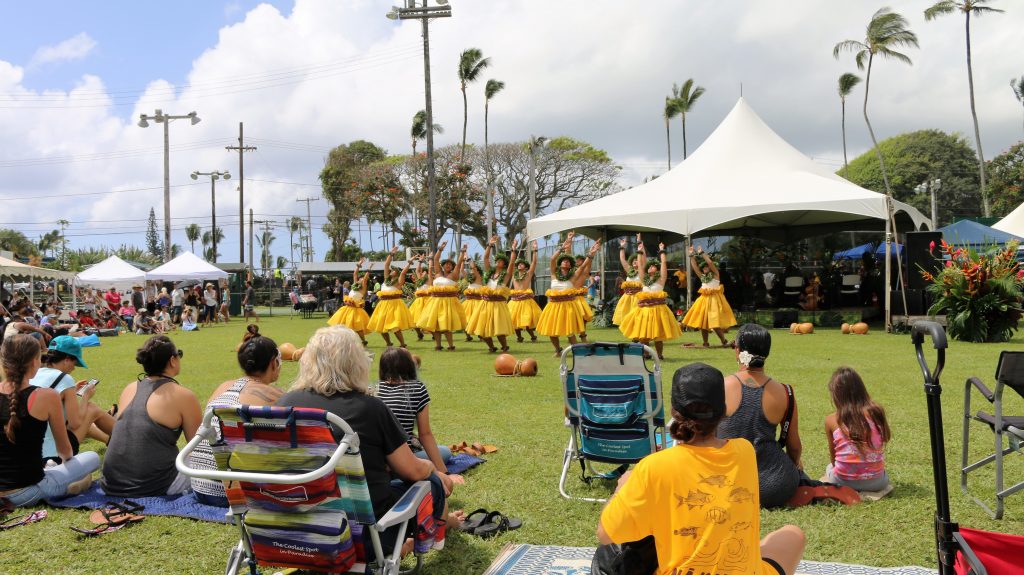
East Maui Taro Festival. Photo credit: Nicole Schenfeld.
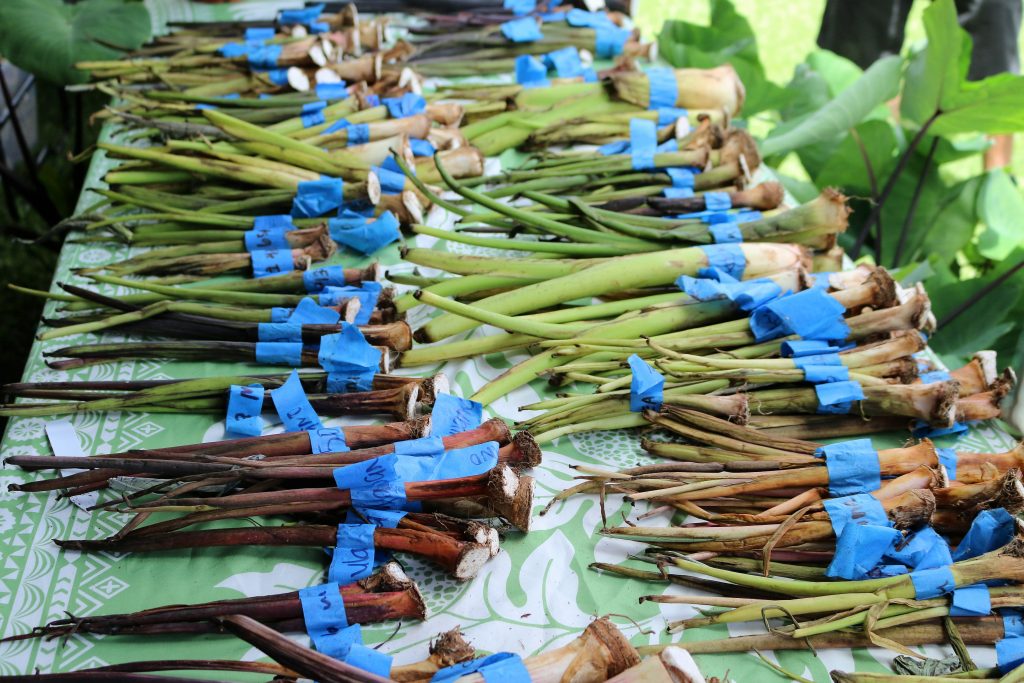
East Maui Taro Festival. Photo credit: Nicole Schenfeld.
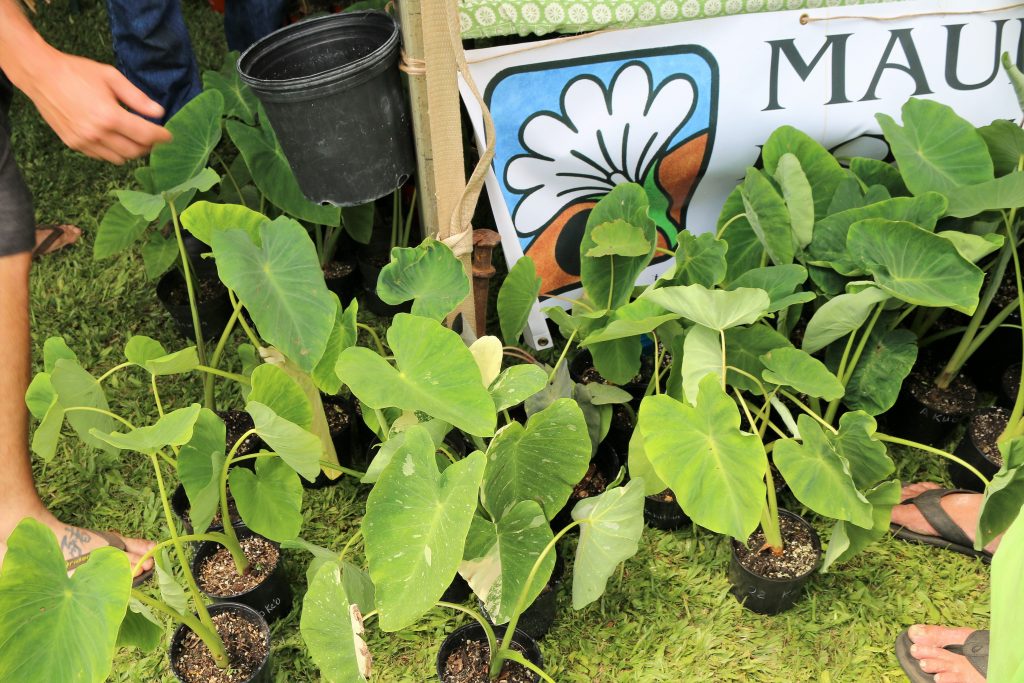
East Maui Taro Festival. Photo credit: Nicole Schenfeld.
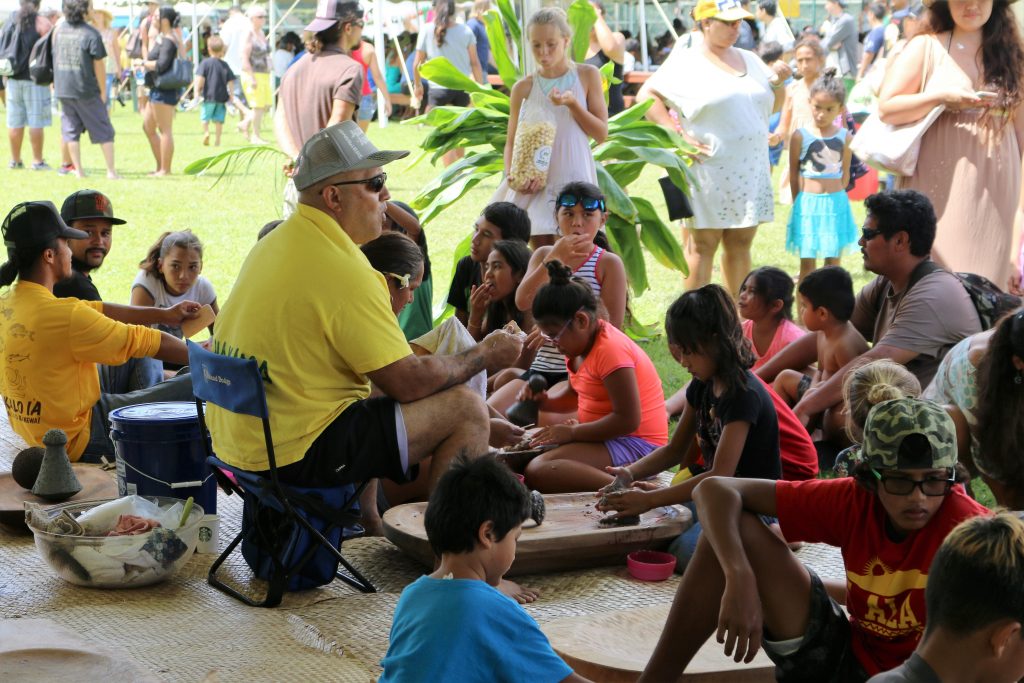
East Maui Taro Festival. Photo credit: Nicole Schenfeld.
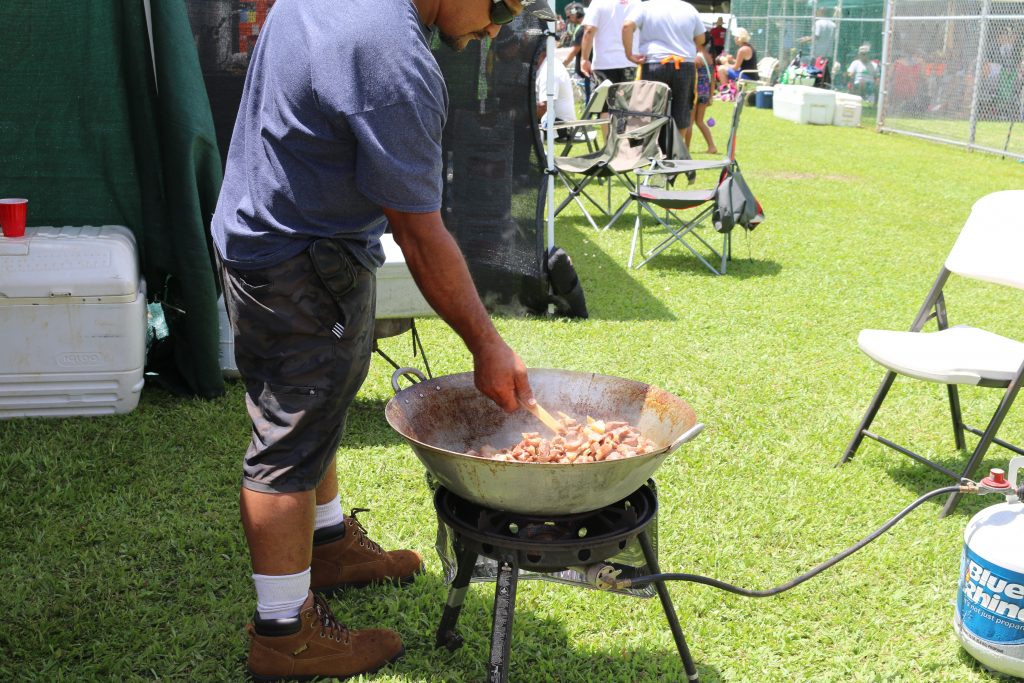
East Maui Taro Festival. Photo credit: Nicole Schenfeld.
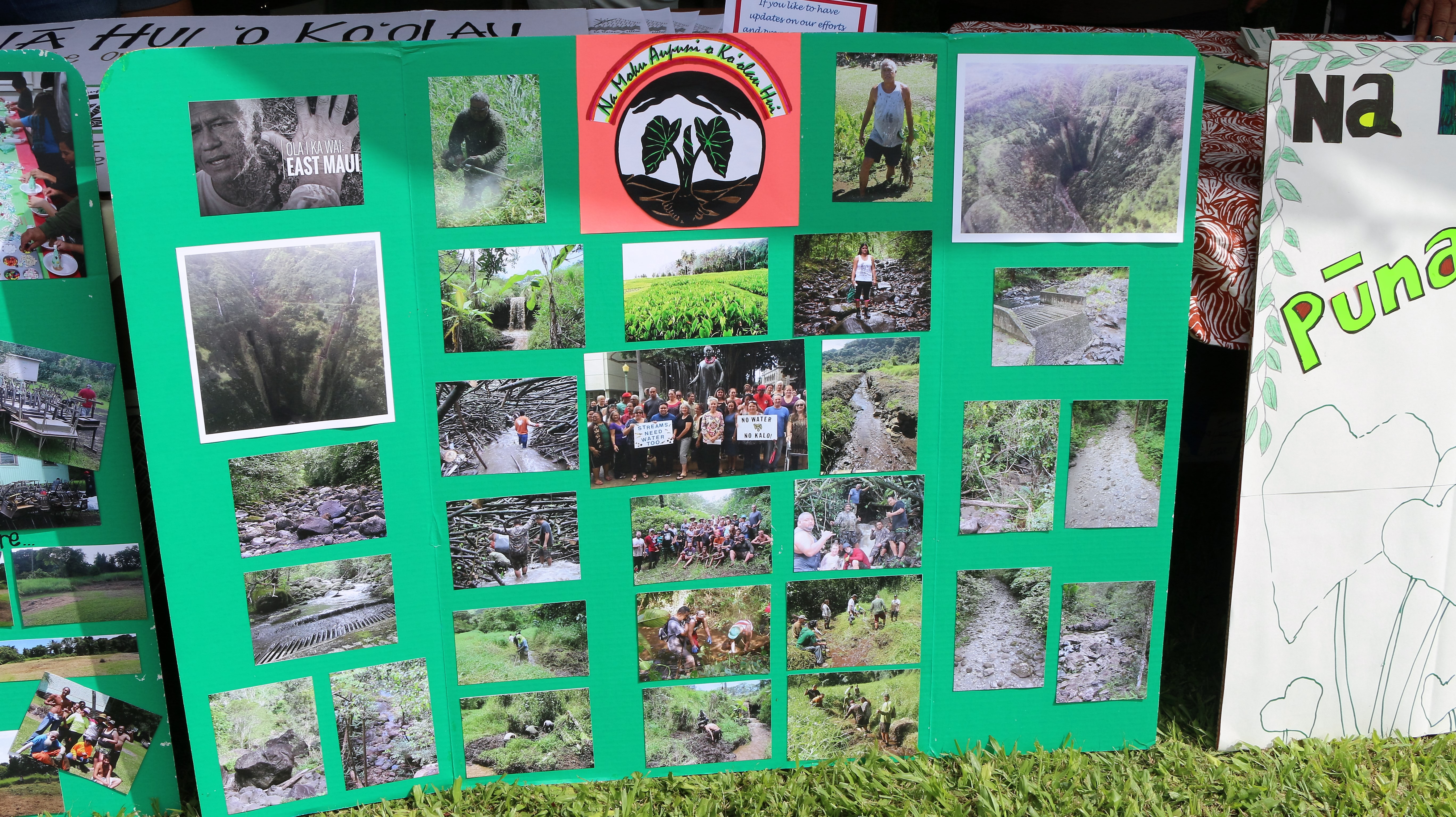
East Maui Taro Festival. Photo credit: Nicole Schenfeld.

East Maui Taro Festival. Photo credit: Nicole Schenfeld.
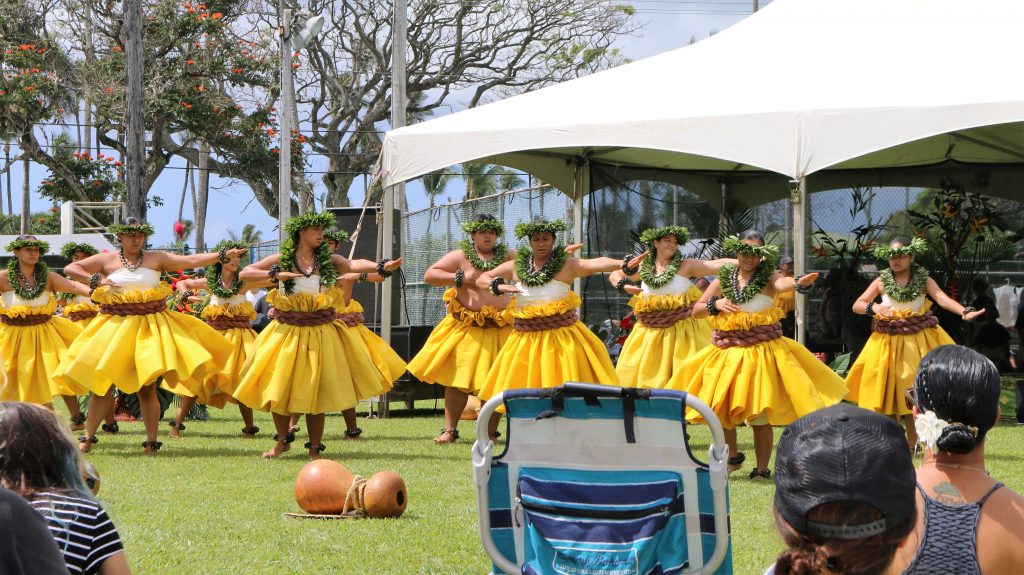
East Maui Taro Festival. Photo credit: Nicole Schenfeld.












